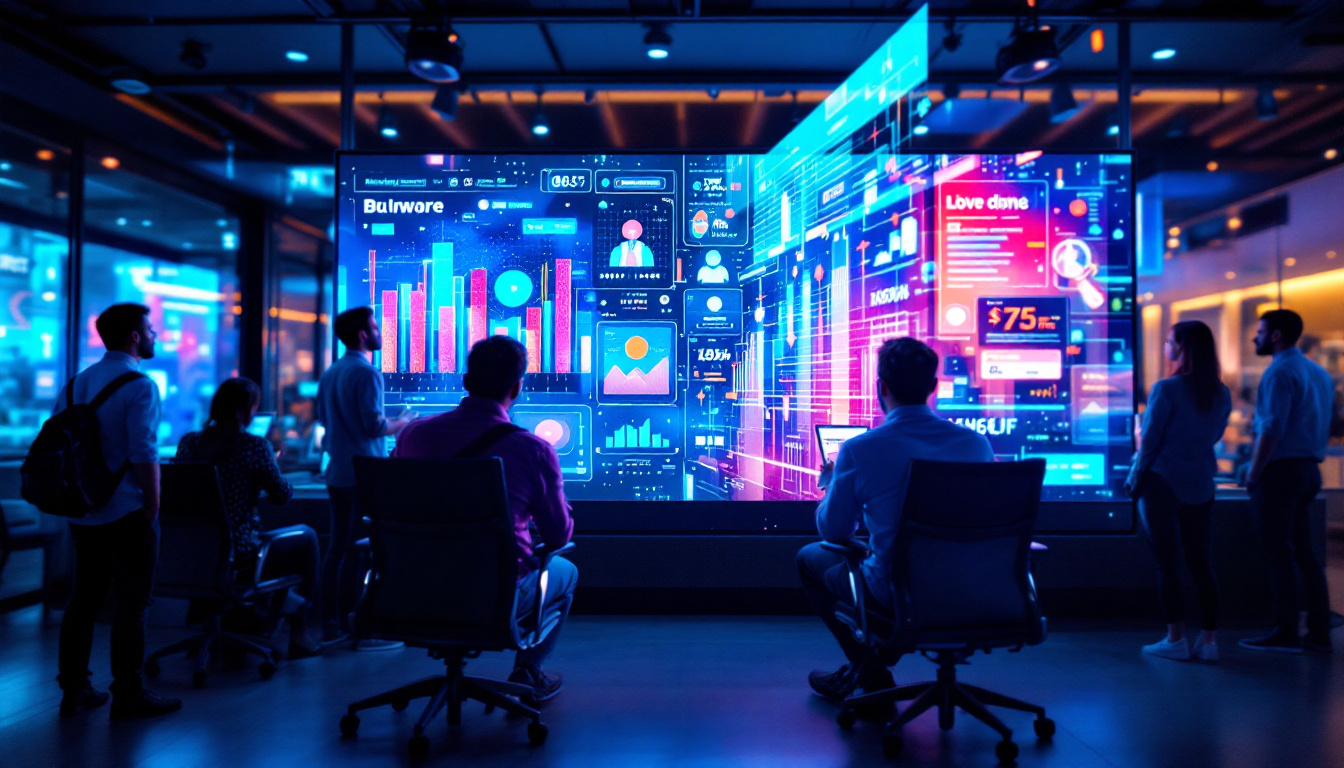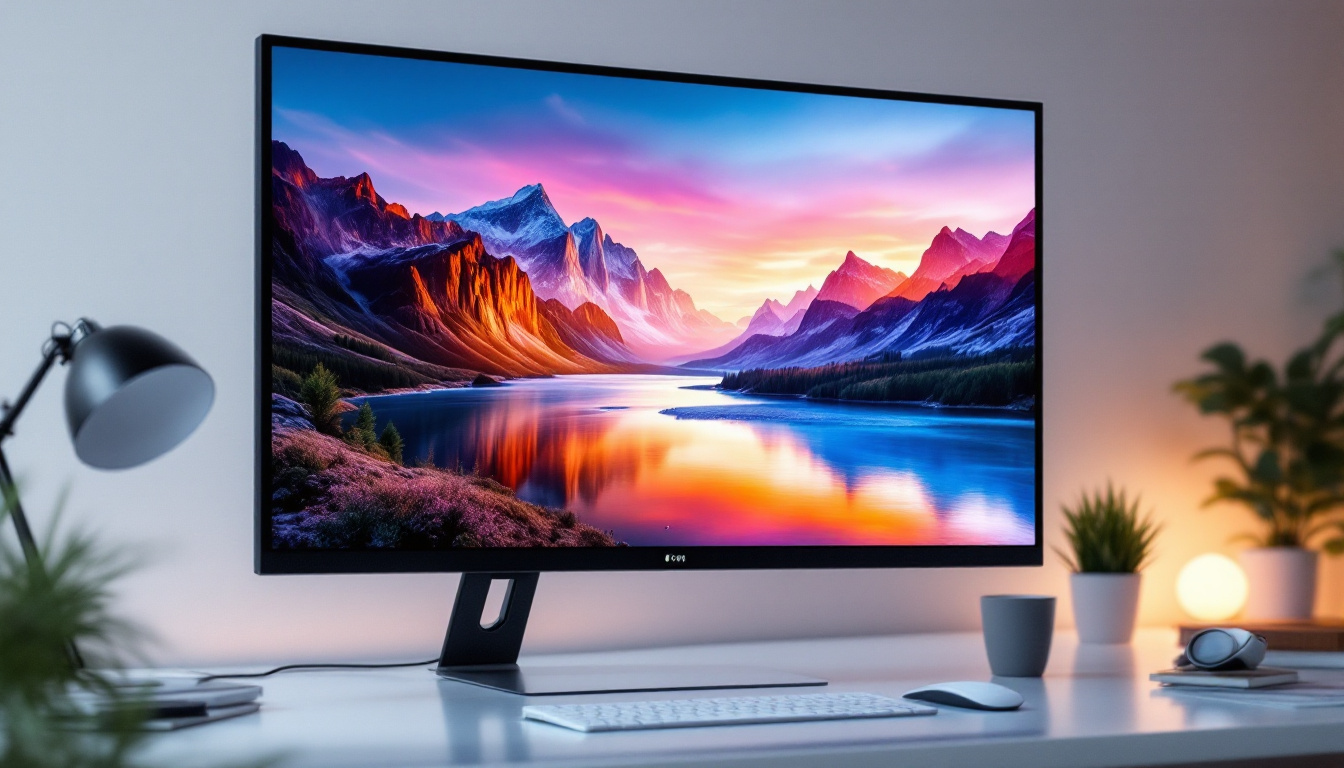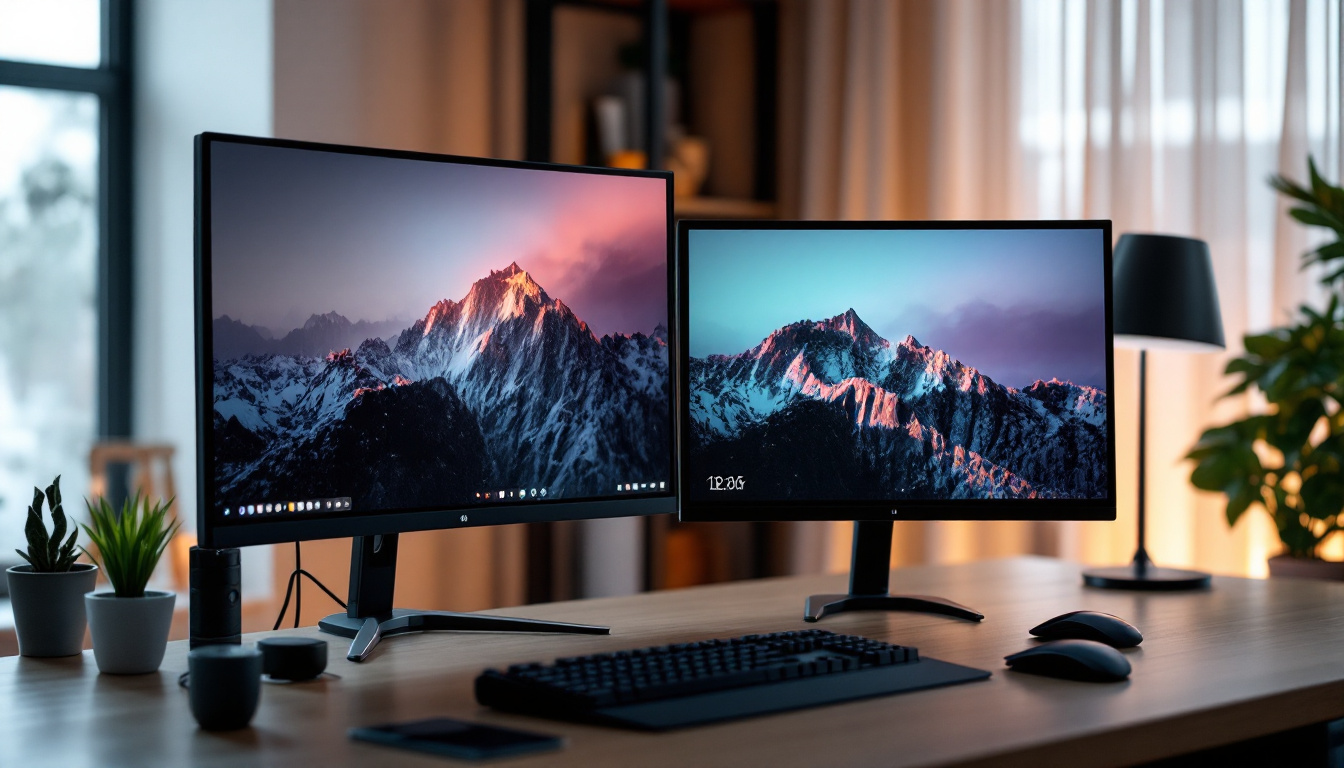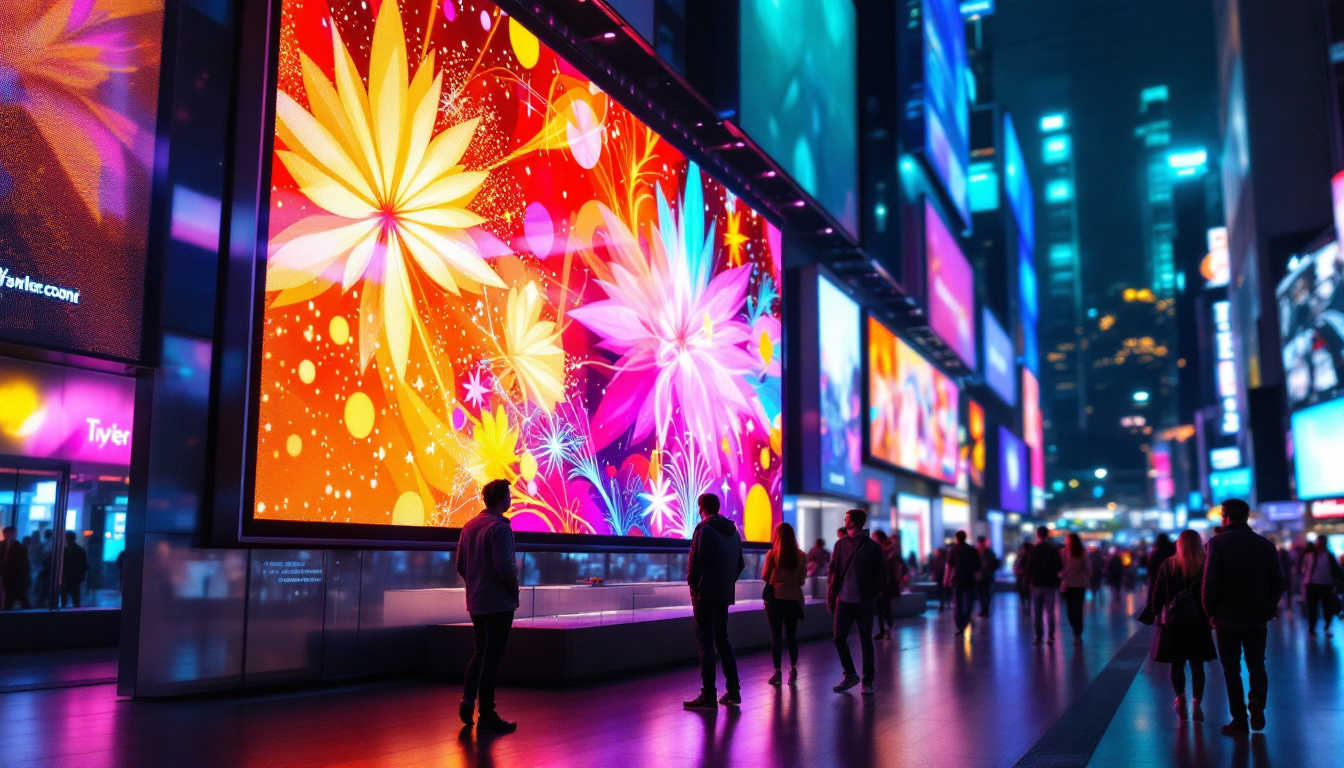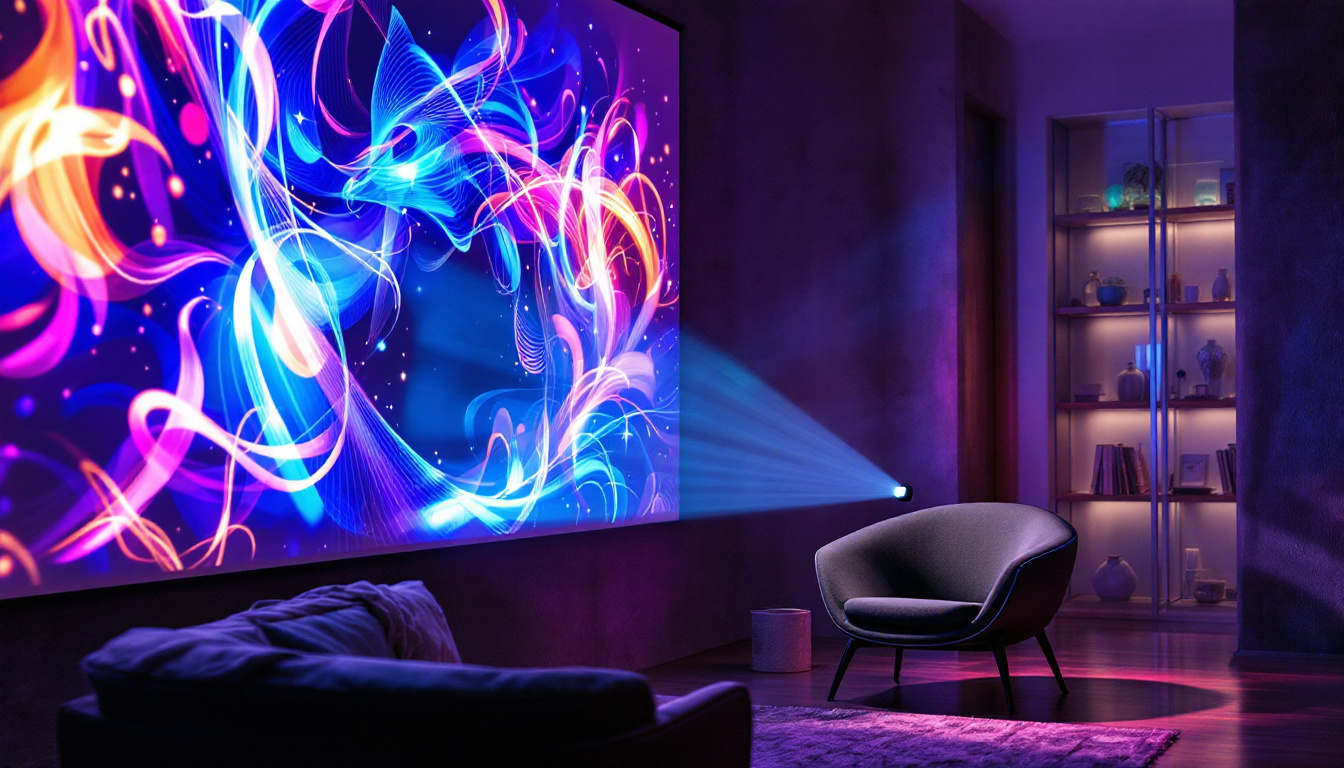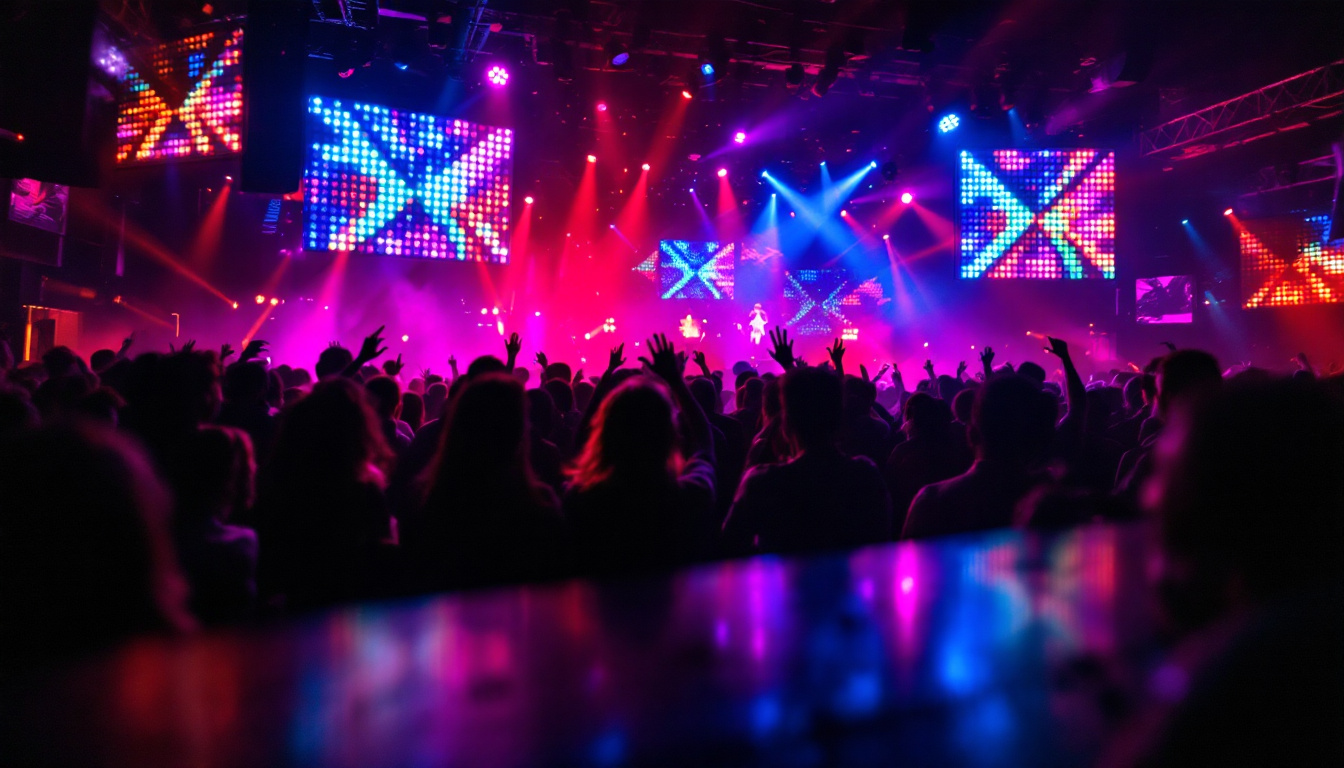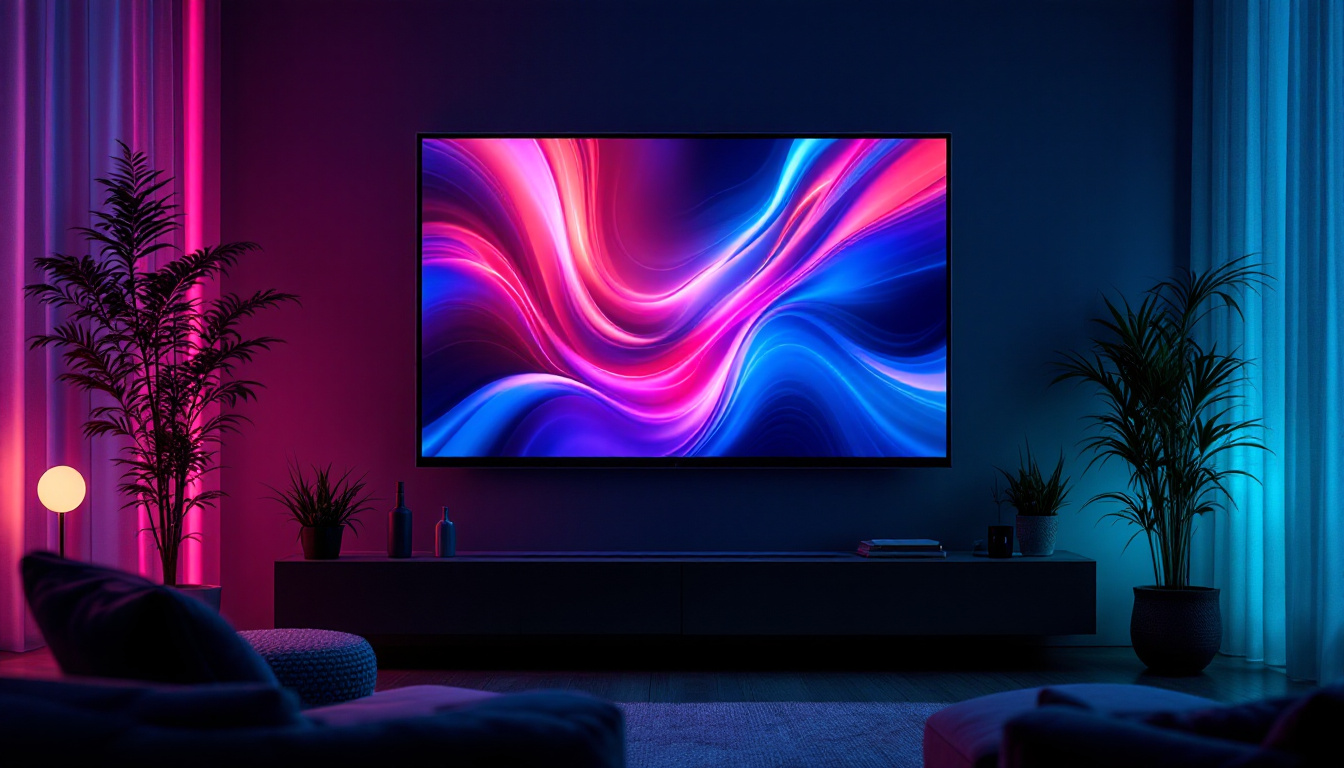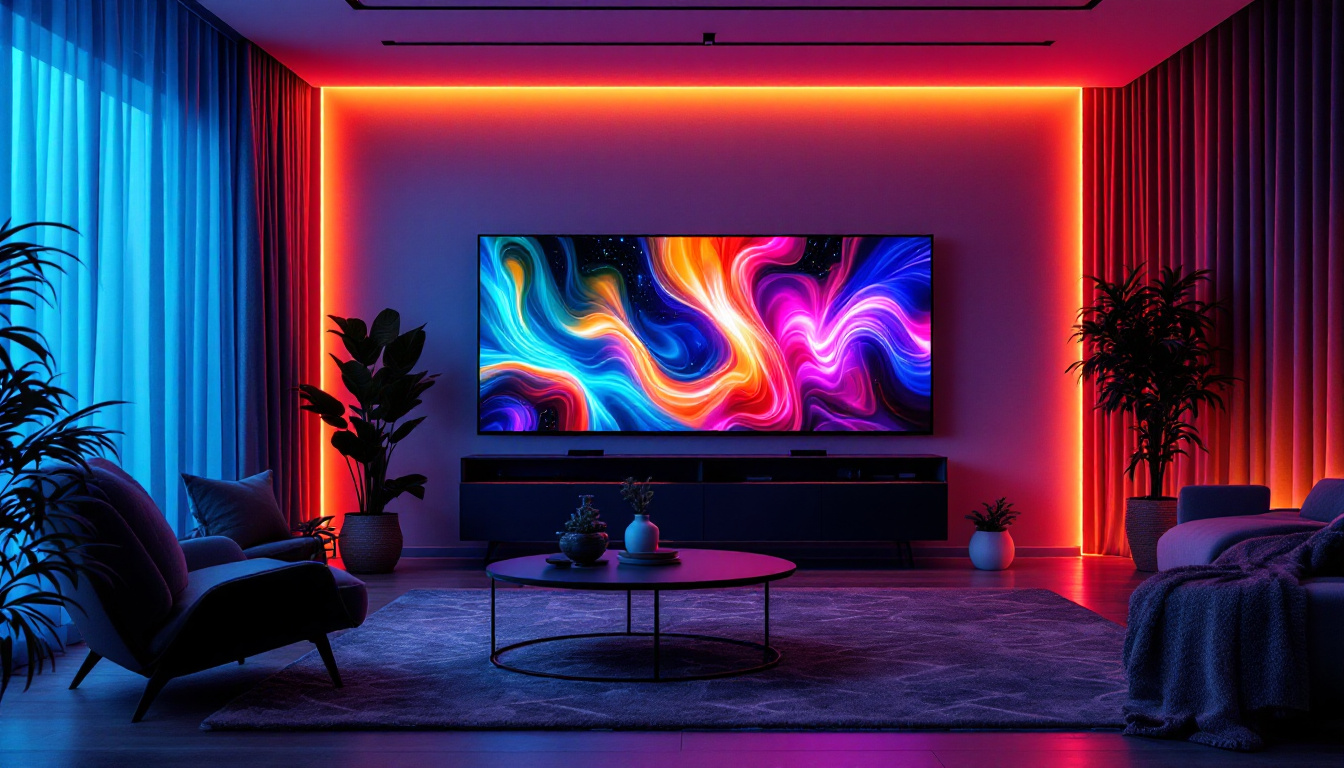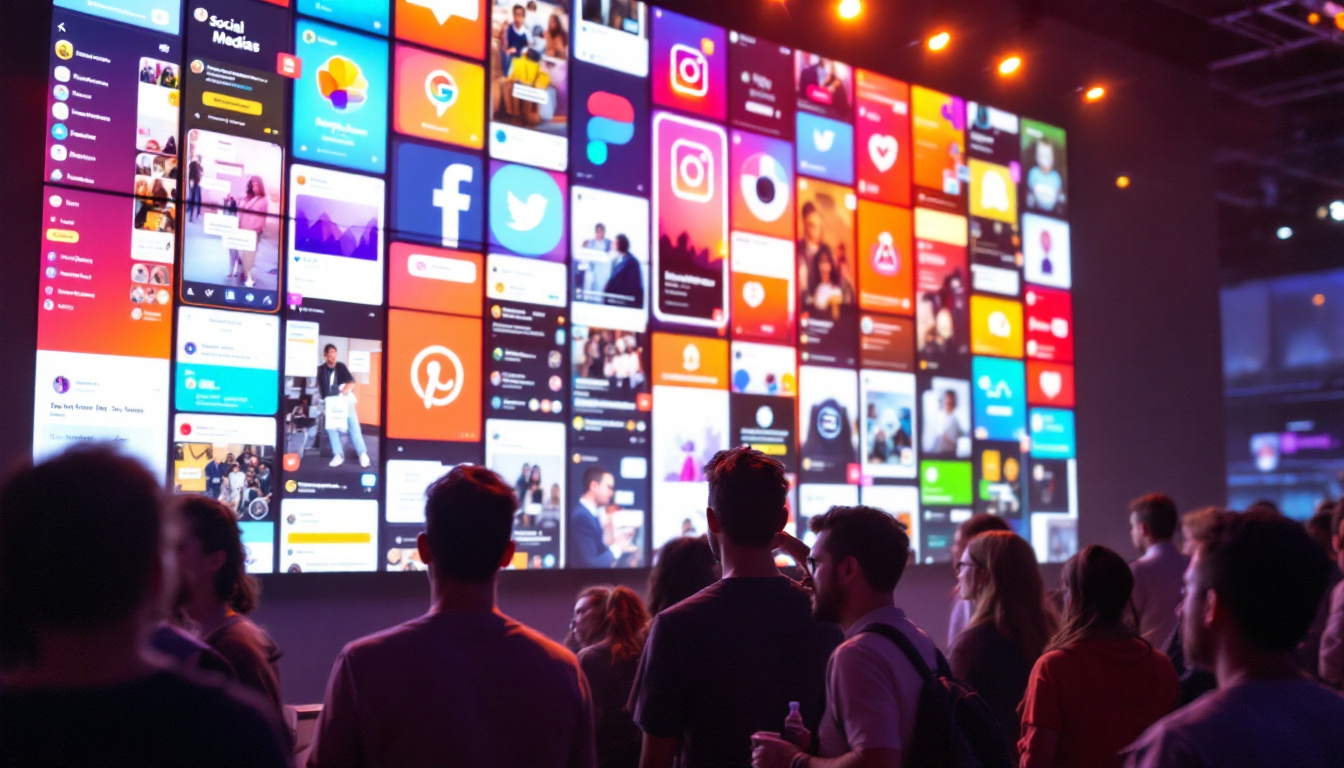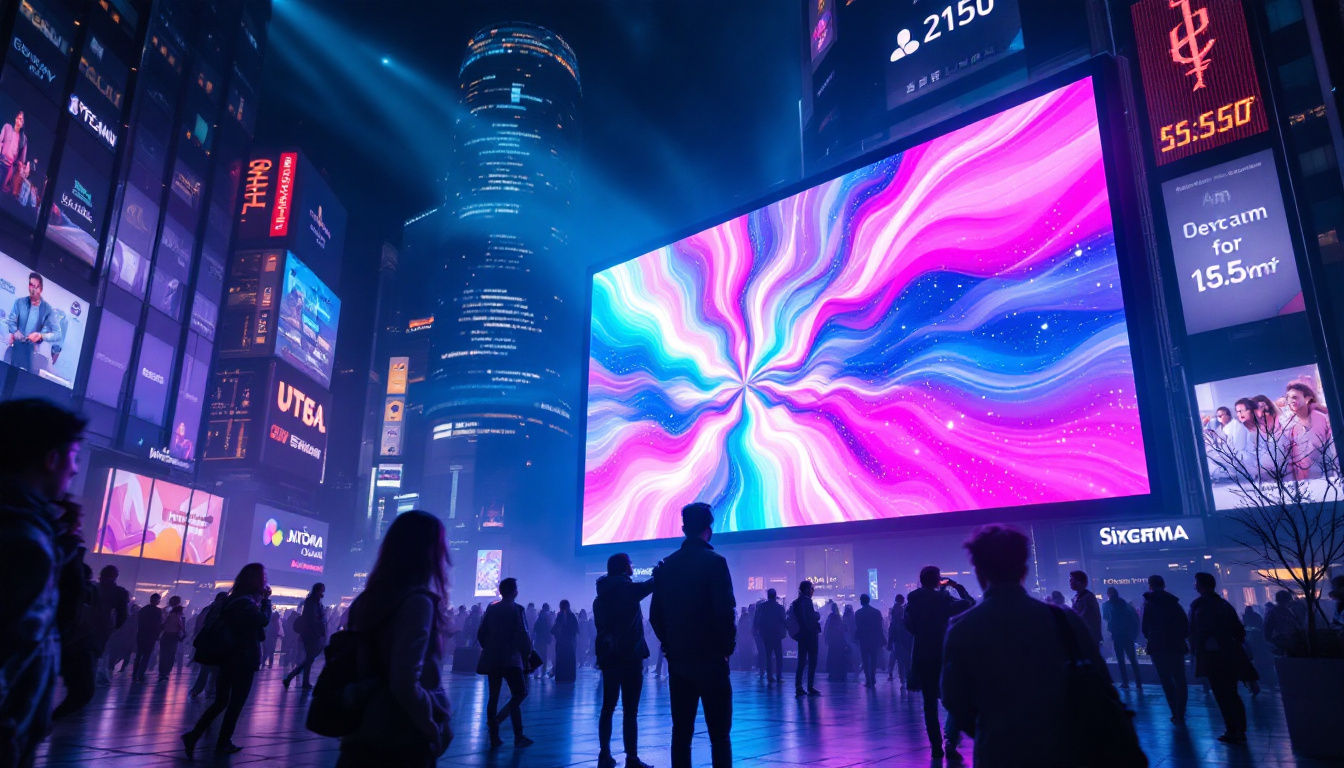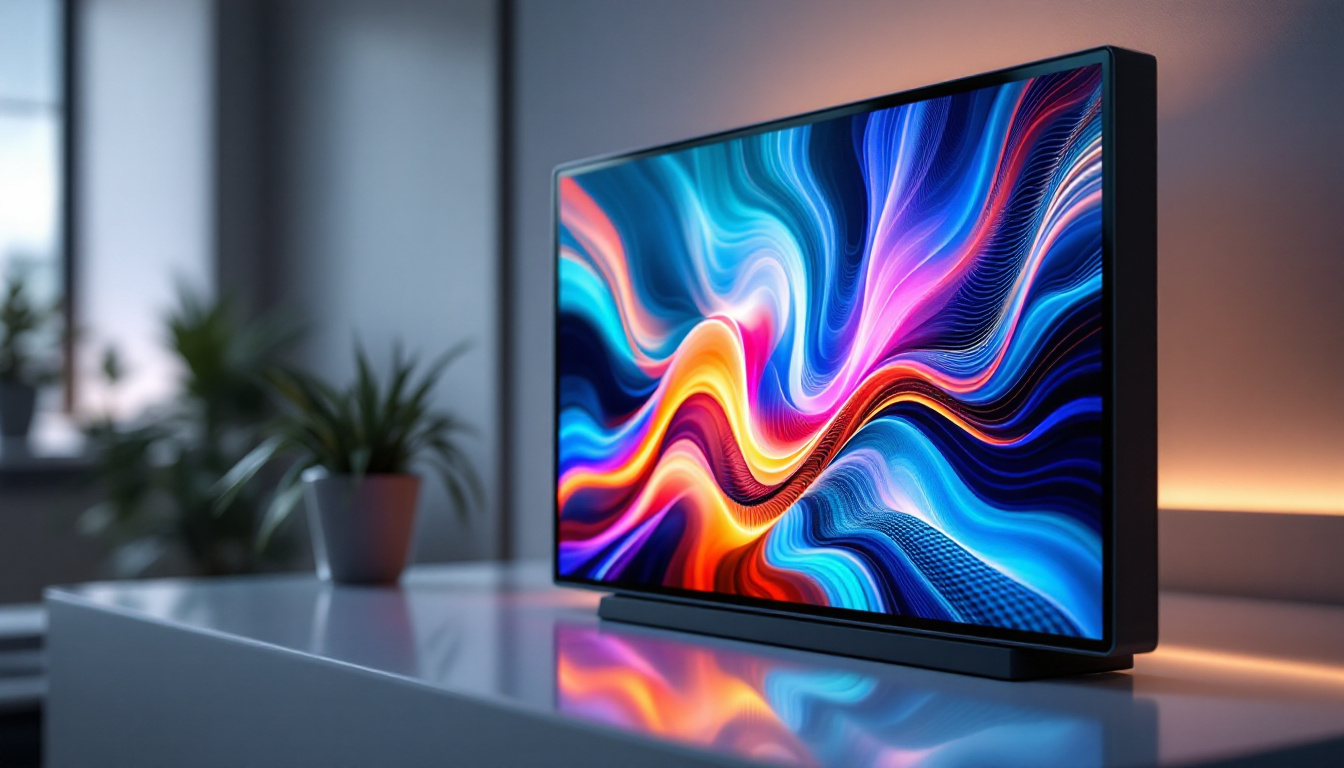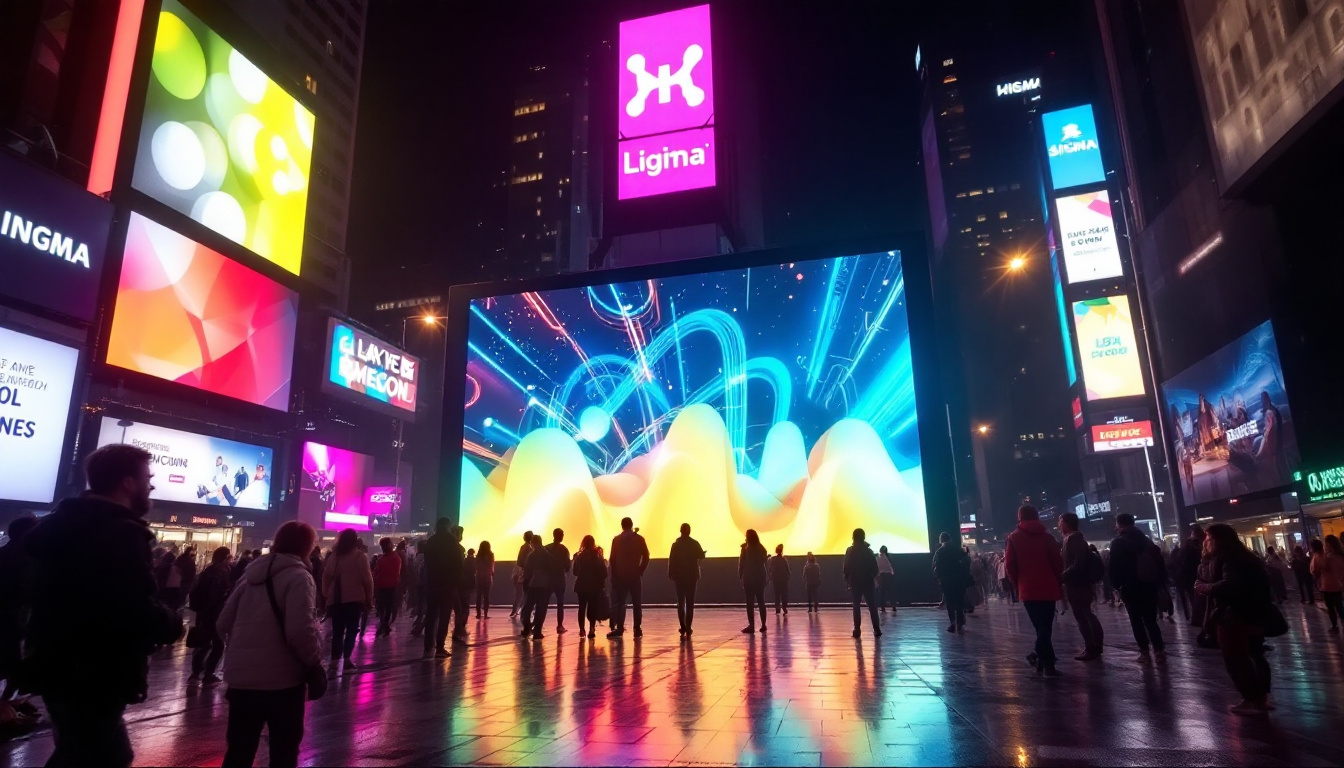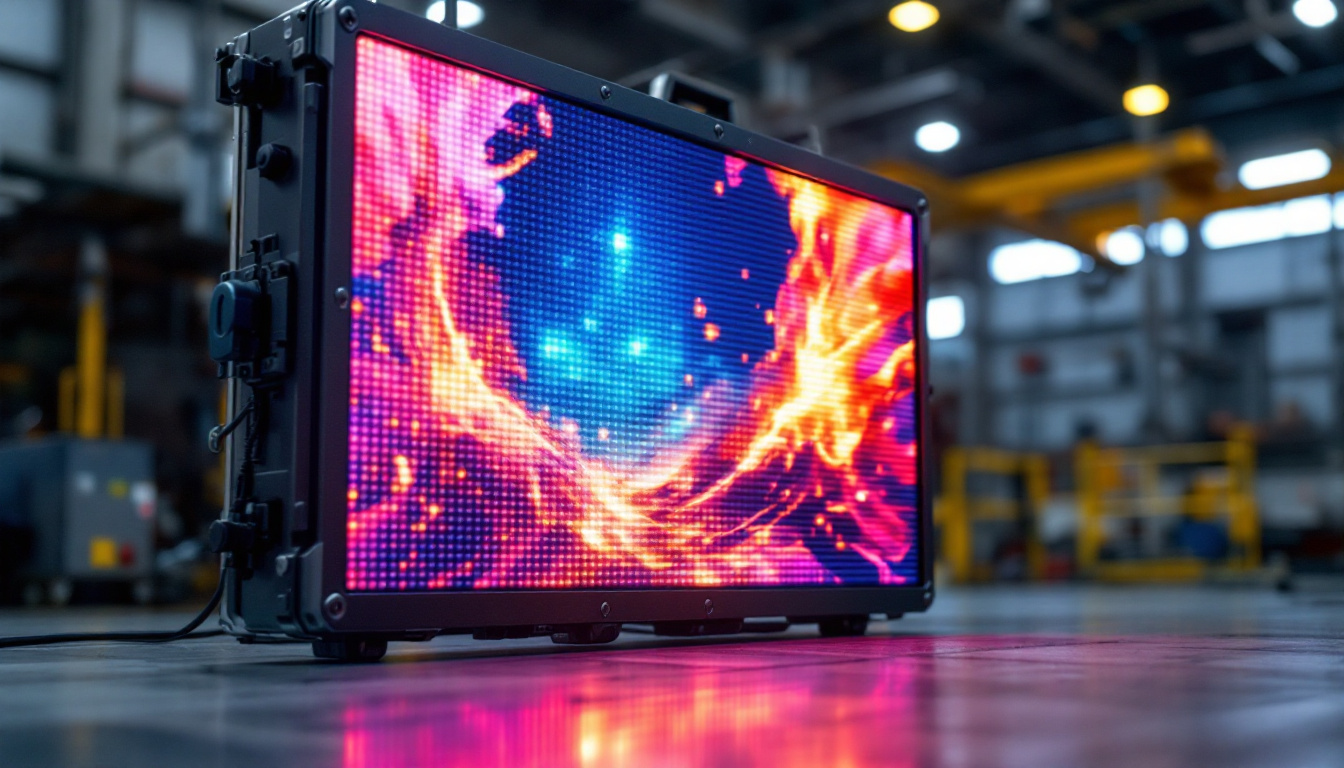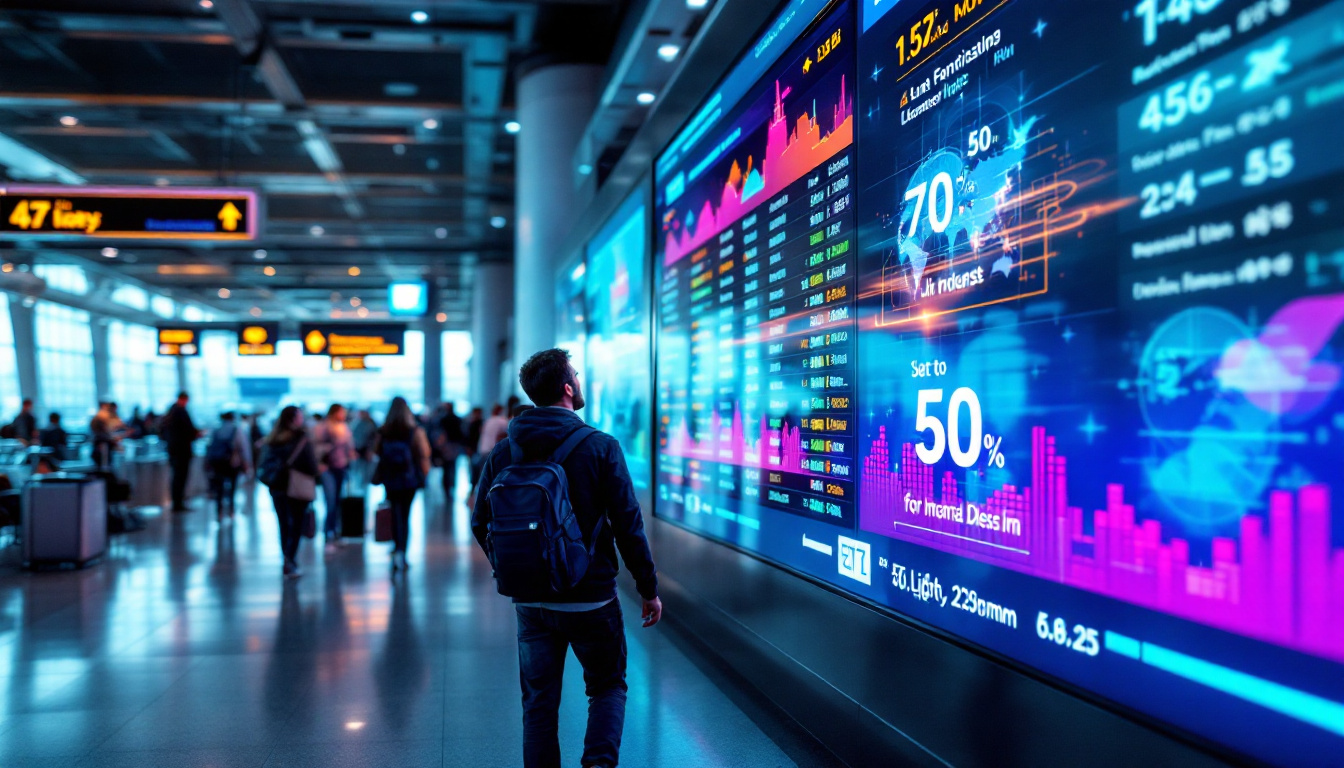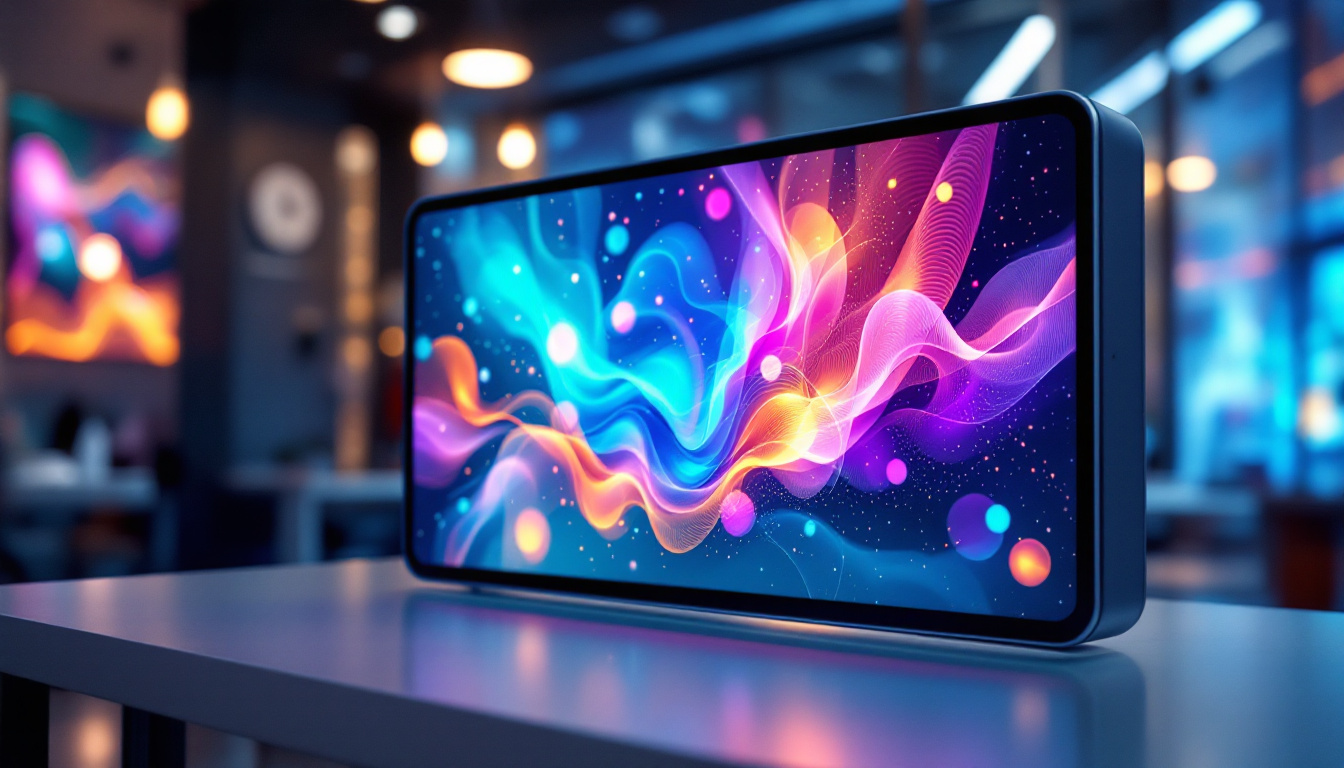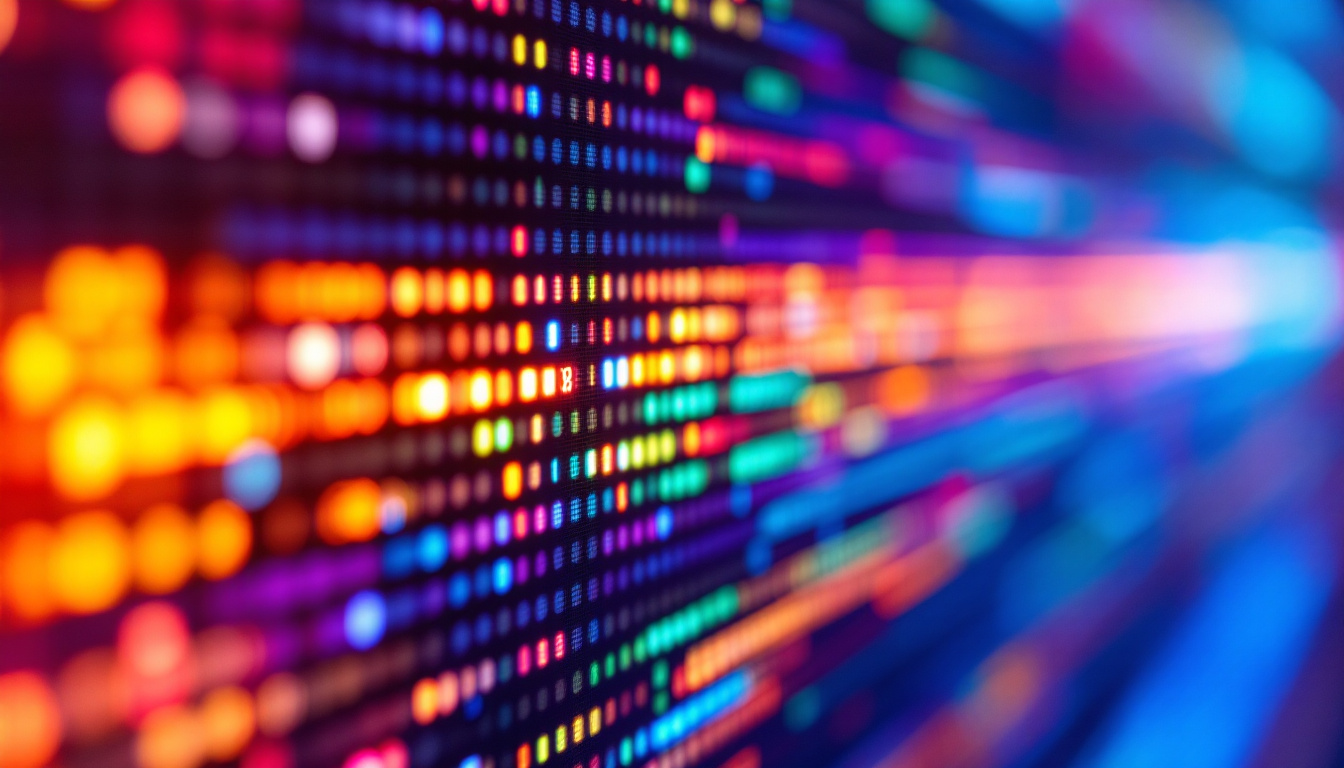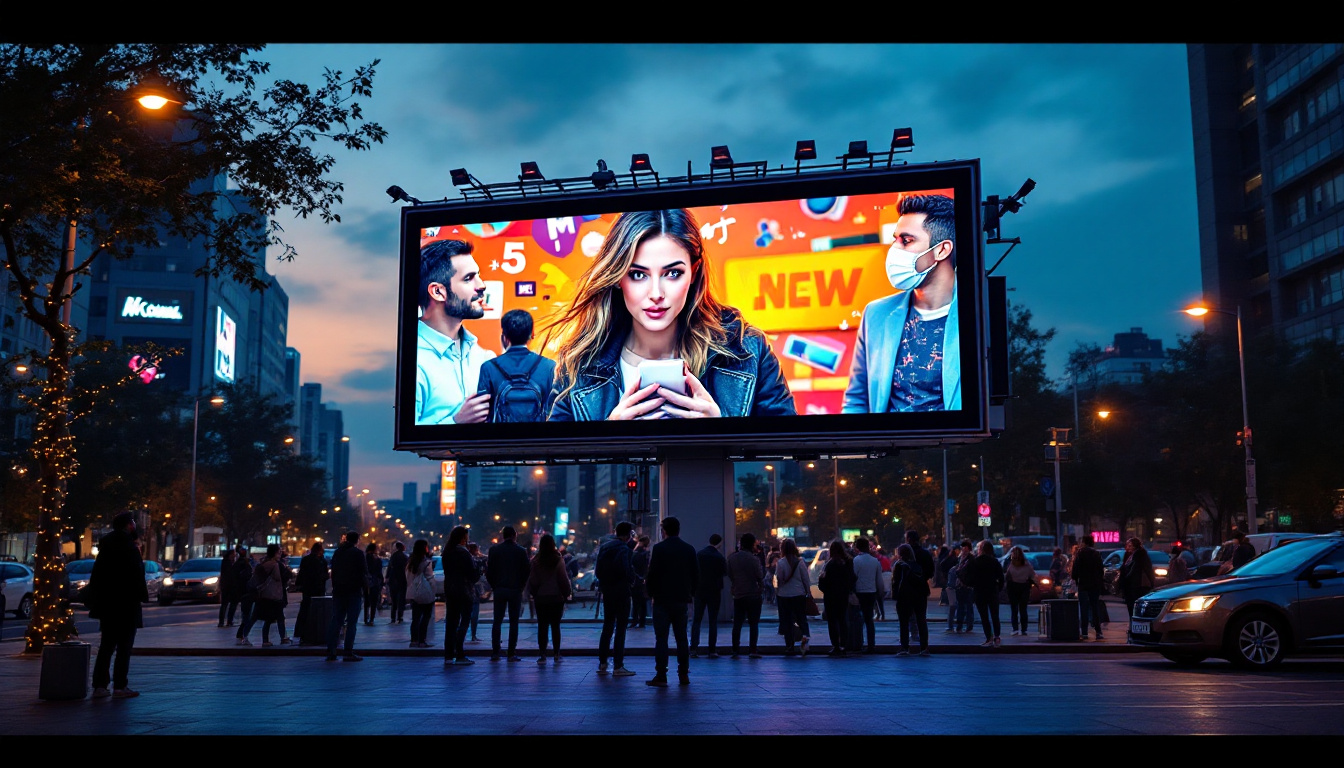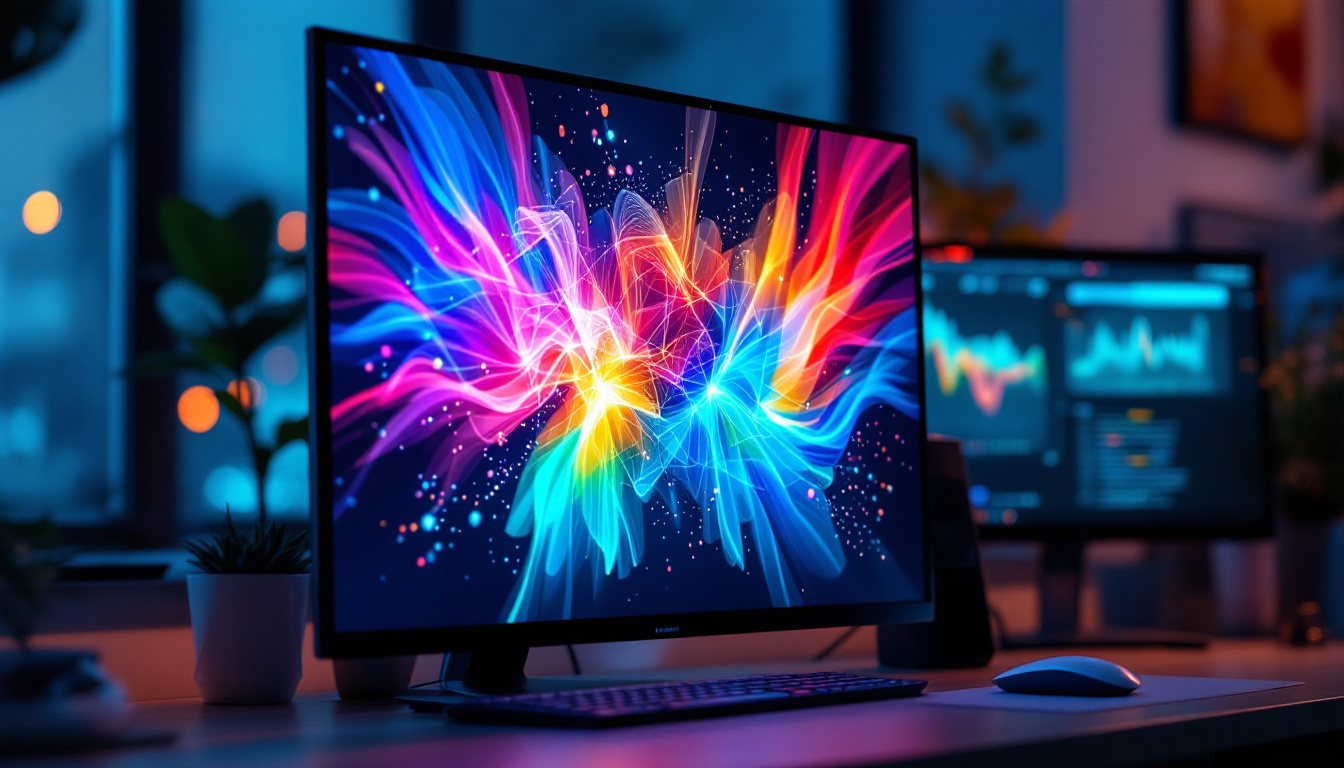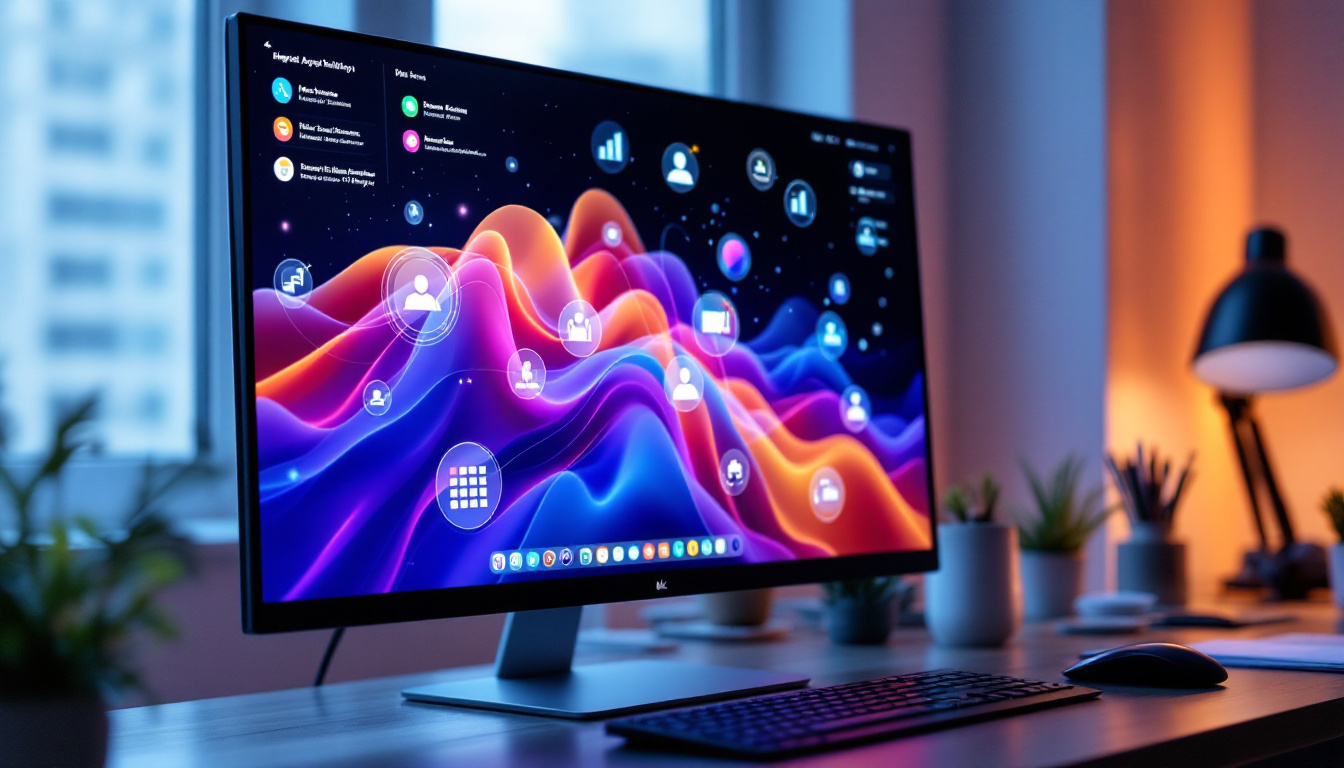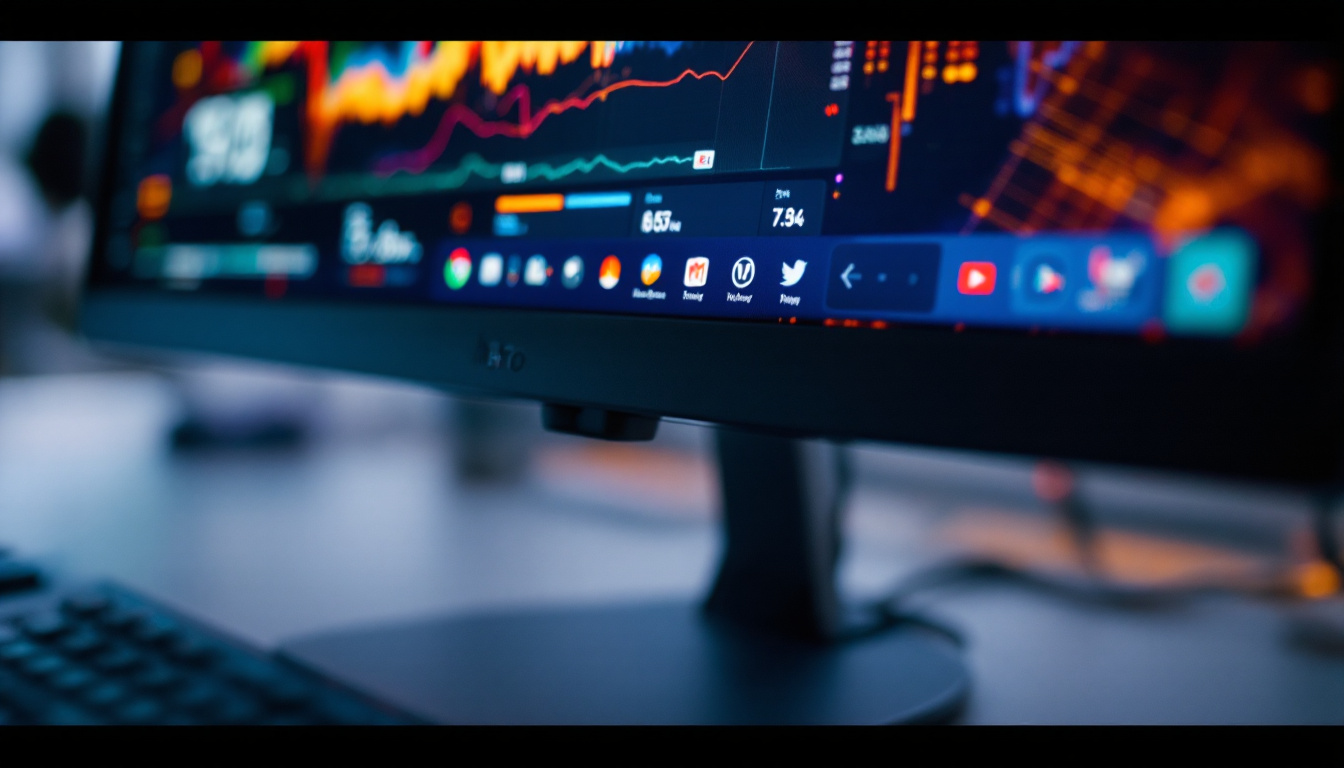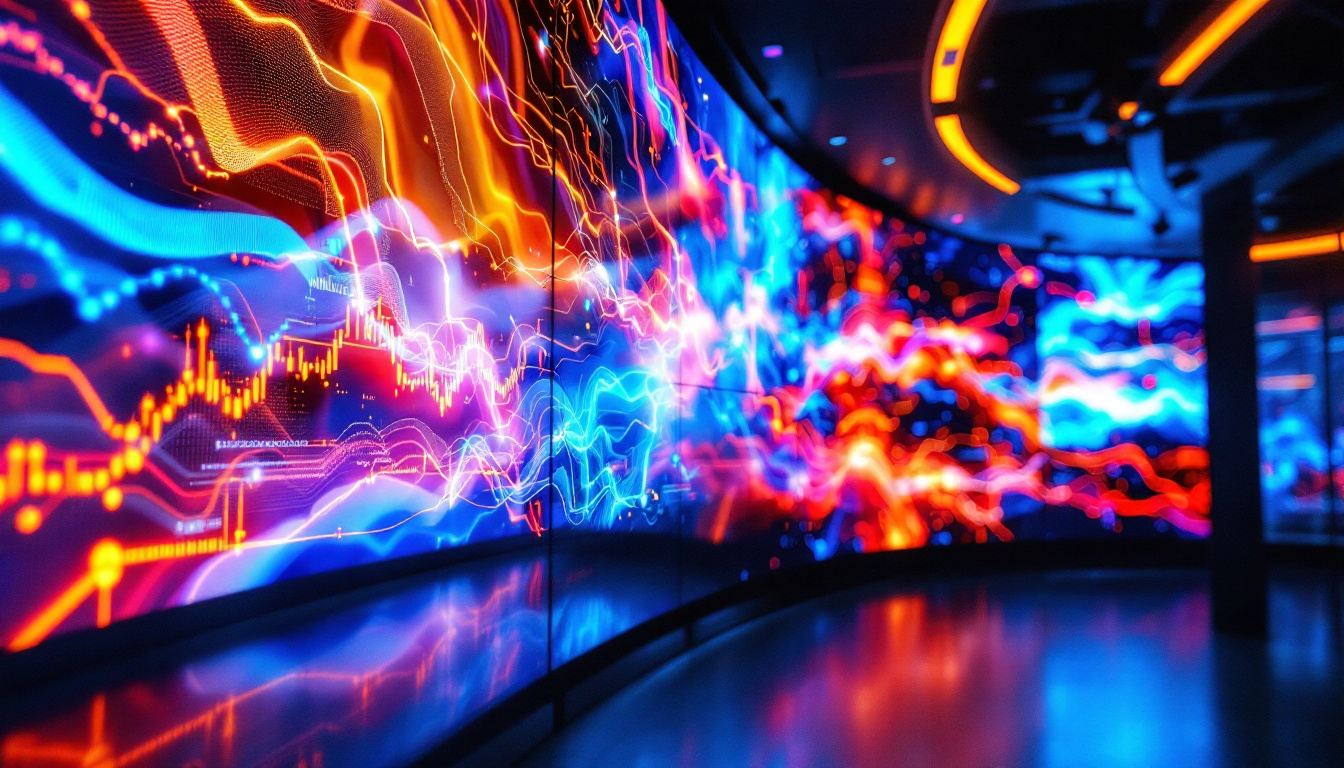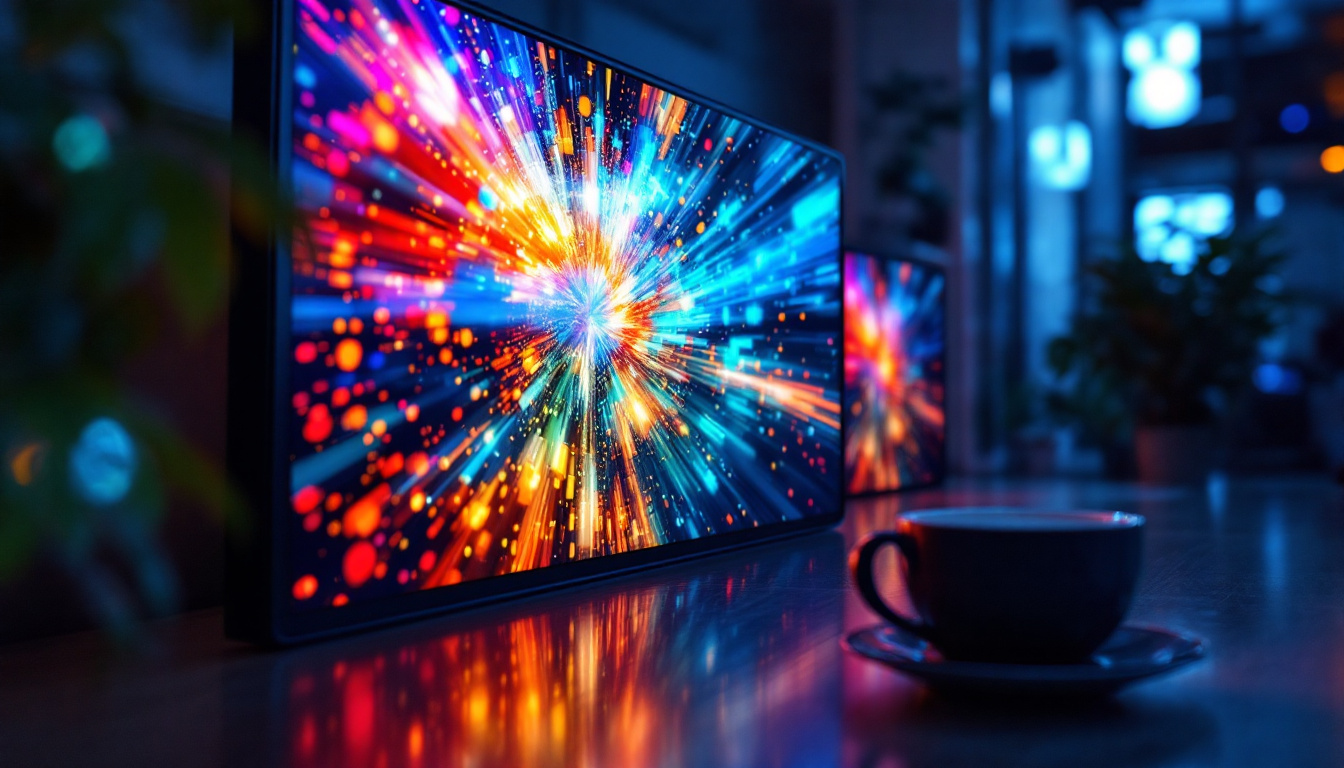In the fast-paced world of business, effective communication is paramount. One of the most impactful ways to convey messages, promote products, and engage customers is through display screens. Among the various types of display technology available, LED displays stand out for their brightness, clarity, and versatility. This article delves into the intricacies of LED displays, exploring their features, benefits, and applications in the business environment.
Understanding LED Display Technology
LED, or Light Emitting Diode, technology has revolutionized the way businesses present information. Unlike traditional display screens, LED displays utilize a series of tiny diodes that emit light when an electric current passes through them. This technology allows for vibrant colors and high contrast ratios, making content more visually appealing. The energy efficiency of LED displays is another significant advantage, as they consume considerably less power compared to older technologies, thereby reducing operational costs and environmental impact.
How LED Displays Work
At the core of LED displays are clusters of LEDs that form pixels. When these pixels are illuminated, they create images and videos that are sharp and bright. The arrangement of these diodes determines the display’s resolution, which is crucial for clarity. Higher resolution means more pixels per inch, resulting in a more detailed image. Additionally, the refresh rate of LED displays plays a vital role in delivering smooth motion, which is particularly important for video content and dynamic graphics. A higher refresh rate minimizes motion blur, ensuring that fast-paced visuals are rendered crisply.
LED displays can be categorized into two main types: direct view and backlit. Direct view LED displays consist of individual diodes that create the image directly, while backlit displays use LEDs to illuminate a liquid crystal display (LCD) panel. Each type has its unique advantages and applications, catering to different business needs. For instance, direct view displays are often used in outdoor advertising due to their brightness and visibility in sunlight, while backlit displays are typically favored for indoor environments where space and design aesthetics are a priority.
The Evolution of LED Displays
LED technology has evolved significantly over the past few decades. Initially, LED displays were primarily used for simple applications, such as digital clocks and basic signage. However, advancements in technology have led to the development of high-definition (HD) and ultra-high-definition (UHD) displays, which are now commonplace in advertising, retail, and corporate environments. The integration of smart technology into LED displays has further enhanced their functionality, allowing for features such as remote management, real-time content updates, and interactive capabilities that engage audiences more effectively.
As the technology has progressed, so too has the affordability of LED displays. Businesses of all sizes can now invest in high-quality displays that enhance their visibility and engagement without breaking the bank. Moreover, the versatility of LED displays means they can be customized to fit various shapes and sizes, from large-scale video walls to sleek, narrow formats suitable for retail environments. This adaptability has opened new avenues for creative marketing strategies, enabling brands to showcase their messages in innovative and eye-catching ways that capture consumer attention.
Benefits of LED Displays for Businesses
Investing in LED display technology offers numerous advantages for businesses aiming to improve their communication strategies and marketing efforts. Here are some of the key benefits:
Enhanced Visibility
One of the most significant advantages of LED displays is their brightness. LED screens can produce vibrant images even in brightly lit environments, making them ideal for outdoor advertising and high-traffic areas. This visibility ensures that messages reach a larger audience, effectively capturing attention. Furthermore, the ability to display dynamic content, such as videos and animations, allows businesses to engage viewers more effectively than static signage. This interactive element can significantly enhance brand recognition and customer retention, as people are more likely to remember a captivating visual experience.
Energy Efficiency
LED displays are known for their energy efficiency compared to traditional display technologies. They consume less power while delivering superior brightness and color quality. This efficiency not only reduces operational costs but also aligns with environmentally friendly practices, an increasingly important consideration for modern businesses. In addition to lower energy bills, many companies are now able to leverage government incentives and rebates for adopting energy-efficient technologies, further enhancing the financial benefits of switching to LED displays. As sustainability becomes a core value for consumers, businesses that prioritize eco-friendly solutions can also improve their brand image and appeal to a more conscientious audience.
Durability and Longevity
LED displays are built to last. Their solid-state construction makes them resistant to shock and vibration, reducing the likelihood of damage. Additionally, LED technology has a longer lifespan compared to other display types, meaning businesses can enjoy years of reliable performance without the need for frequent replacements. This durability translates into lower maintenance costs over time, allowing businesses to allocate resources to other critical areas. Moreover, many LED displays come with weatherproof features, making them suitable for outdoor use in various climates. This versatility ensures that businesses can maintain a consistent visual presence, regardless of external conditions, further solidifying their brand’s visibility and reliability in the marketplace.
Applications of LED Displays in Business
LED displays are versatile and can be employed in various business contexts. Their adaptability makes them suitable for a wide range of applications, including:
Advertising and Marketing
One of the most common uses of LED displays is in advertising. Businesses can showcase dynamic content, including videos, animations, and promotions, to attract customers. The ability to change content quickly and easily allows for timely marketing campaigns that can respond to trends and events.
Outdoor LED billboards and screens are particularly effective in urban environments, where they can reach large audiences. The eye-catching nature of LED displays ensures that advertisements stand out, driving foot traffic and increasing brand awareness.
Information and Wayfinding
Incorporating LED displays for information dissemination is another effective application. Businesses can use these screens to provide real-time updates, such as flight information in airports, schedules in transportation hubs, or event details in conference centers.
Wayfinding applications also benefit from LED technology. Interactive displays can guide visitors through complex environments, enhancing user experience and reducing confusion.
Corporate Communication
Internally, LED displays can serve as powerful tools for corporate communication. Companies can use them for presentations, training sessions, and internal announcements. The clarity and brightness of LED screens ensure that information is conveyed effectively, regardless of the lighting conditions in the room.
Choosing the Right LED Display for Your Business
Selecting the appropriate LED display involves considering several factors that align with business needs and objectives. Here are key aspects to evaluate:
Size and Resolution
The size of the LED display should be determined by the viewing distance and the intended use. Larger displays are suitable for outdoor advertising, while smaller screens may suffice for indoor environments. Additionally, resolution is crucial; higher resolutions are necessary for close-up viewing, ensuring that images and text remain sharp and legible.
Indoor vs. Outdoor Displays
LED displays are designed for specific environments. Outdoor displays must withstand weather conditions, including rain, sun, and temperature fluctuations. They often come with protective casings and higher brightness levels. Conversely, indoor displays focus more on color accuracy and lower brightness levels, making them suitable for controlled environments.
Content Management Systems
Effective content management is essential for maximizing the impact of LED displays. Businesses should consider investing in a robust content management system (CMS) that allows for easy updates and scheduling of content. A user-friendly CMS can streamline the process of managing multiple displays, ensuring that messages are timely and relevant.
Installation and Maintenance Considerations
Once a business has chosen the right LED display, the next step is installation. Proper installation is crucial for optimal performance and longevity. Here are some considerations:
Professional Installation
While some businesses may consider a DIY approach, professional installation is recommended for LED displays. Experts can ensure that the display is mounted securely and configured correctly, minimizing the risk of damage and ensuring optimal viewing angles.
Regular Maintenance
To keep LED displays functioning at their best, regular maintenance is necessary. This includes cleaning the screens, checking connections, and updating software. Many manufacturers offer maintenance packages that can help businesses manage these tasks efficiently.
Monitoring Performance
Monitoring the performance of LED displays is essential for identifying issues before they become significant problems. Many modern displays come equipped with diagnostic tools that provide real-time feedback on performance metrics, enabling businesses to address any concerns promptly.
The Future of LED Display Technology
The future of LED display technology looks promising, with continuous advancements enhancing capabilities and applications. Emerging trends include:
Smart Displays
As technology evolves, LED displays are becoming smarter. Integration with IoT (Internet of Things) devices allows for real-time data analytics, enabling businesses to tailor content based on audience behavior and preferences. Smart displays can also adapt brightness and color based on ambient light conditions, improving visibility and energy efficiency.
Flexible and Transparent Displays
Innovations in LED technology have led to the development of flexible and transparent displays. These displays can be used in unique applications, such as retail environments, where they can blend seamlessly into the architecture while still delivering dynamic content. This flexibility opens up new possibilities for creative advertising and branding.
Increased Interactivity
Interactivity is becoming a key feature of modern LED displays. Touchscreen capabilities and integration with mobile devices allow for engaging experiences that encourage customer interaction. Businesses can leverage this technology to create immersive environments that capture attention and foster engagement.
Conclusion
LED displays represent a powerful tool for businesses looking to enhance communication, marketing, and overall customer engagement. With their vibrant visuals, energy efficiency, and versatility, LED displays can be tailored to meet the specific needs of any organization. As technology continues to advance, the possibilities for LED displays will only expand, making them an essential component of modern business strategy.
Investing in LED display technology not only improves visibility and engagement but also positions businesses to adapt to the ever-changing landscape of consumer preferences and technological advancements. By understanding the intricacies of LED displays and their applications, businesses can make informed decisions that drive success and growth.
Illuminate Your Business with LumenMatrix
Ready to elevate your business’s visual impact? Discover the innovative world of LumenMatrix LED display solutions. As a leader in LED technology, LumenMatrix offers a diverse range of products designed to captivate your audience and amplify your message. From vibrant Indoor LED Wall Displays to dynamic Outdoor LED Wall Displays, and from sleek LED Poster Displays to immersive LED Sports and Floor Displays, our solutions are tailored to your unique needs. Embrace the future of visual communication with our Custom, All-in-One, and LED Transparent Displays. Check out LumenMatrix LED Display Solutions today and transform how your business connects with the world.

